Japan 2016 Travel Journal, Part 2 Kyoto
Kyoto is one of my favorite sightseeing destinations in Japan. Throughout my life, I’ve had the privilege of visiting this beautiful city a few times, but because I’ve visited at such different stages in my life, it felt familiar, yet also new each time. (Sorry, some of the images are large and may load slowly; I forgot to compress them!)
My younger experiences included visits when I was in early elementary school, followed by visits in middle school and my last visit was likely in college when I travelled with a handful of my best girlfriends. So visiting Kyoto this spring with my little one, my mom and my uncle, was yet another different experience, but the same breathtaking views.
We started off on the shinkansen (bullet train) from Hiroshima to Kyoto. At the train stations of major cities you can find really great bakeries to pick-up quick breakfast items to enjoy on the shinkansen. We love Andersen Bakery!
My high carb breakfast en route to Kyoto. I tried to balance it with “salad juice”.
We traveled Eastern Kyoto to three famous sights, all three of which I vaguely remember visiting with my girlfriends: Heian Jinjya Shrine, Sanjyusangendo Temple, and Kiyomizu Dera Temple.
The next day, we made a quick visit to the very famous Fushimi Inari Jinjya (Shrine) in Southern Kyoto. This was by far my most favorite sight in Kyoto as it was my first time here.
Because there is a plethora of information regarding these famous sites that you can Google at your leisure, I won’t narrate much. I have thousands of photos from our trip, but I’ve tried to pick a handful of favorites to share. Enjoy!
Heian Jinjya Shrine
Heian Jinya, is a Shinto Shrine and likely the highlight of this stop was being able to see real young maiko, or geisha in training.
We also saw a few young ladies of the shrine dressed in traditional kimono, but they differed from the many tourists in rented kimono who were seen walking throughout Kyoto.
Sanjyusangendo Temple
Photography is not allowed inside the temple which houses 1,001 life size wooden statues of the goddess of Kannon. Each is hand carved, and very, very old. It’s breathtaking, although Bebe didn’t care for the Gods of Thunder or Fire. They were a bit menacing, but they were only statues (not real, Bebe!). – “I don’t like him!! He’s scary looking, Momma.” – 03.21.2016 – Bebe, traumatized, would bring up these gods for the next few nights afraid to go to sleep.
The hall of the temple is considered the longest wooden hall building in the world. Despite the crowd, the temple was very quiet and peaceful.
Kiyomizu Dera Temple
Kiyomizu Dera is set in a beautiful hillside location and is well-known for its three famous fountains, of which you may choose only one to drink from. Each fountain represents happiness, longevity, and wealth, and while you may want all three, you cannot be greedy. You can only drink from one!
The line was extremely long for the fountain, and since it wasn’t our first time visiting this temple (with the exception of Bebe), we skipped the fountain and spent a good 10 minutes trying to remember (with no success) which fountain we drank from on our last visit.
The late afternoon sun made it somewhat difficult to get a decent shot of the famous temple. Legend has it that folks long ago would jump off the edge of the temple, and if they were pious they would land safely. All I have to say is that we peered over the ledge, and in my opinion, you’d have to be extremely fortunate to land with a few broken bones and live to tell about it. It seemed physically improbable to land unharmed.
Fushimi Inari Jinjya
Fushimi Inari might be one of the most popular tourist destinations in Kyoto. Its red torii gates are famous and you could spend hours hiking this beautiful shrine.
We often ate at restaurants that would cater to Bebe’s palate. As such, our first meal in Kyoto was a simple noodle lunch of hand cut udon noodles. A combination meal of oyako donburi and udon. Simple, and perfectly yummy!
For dinner we ate sukiyaki at a restaurant that highlighted seasonal vegetables that were steamed in wood baskets and served with dipping sauces. Traditionally, sukiyaki is served by dipping the cooked beef in raw egg. That’s also how I grew up eating my mom’s sukiyaki, dipped in raw egg. You might be curious to know that I’ve never once gotten ill from eating raw egg although today I’m more risk averse about the quality of eggs on the market.
For our final lunch in Kyoto, we ate katsu. I ordered the hirekatsu, which differs from tonkatsu in that “hire” is the leaner less fatty filet of pork, versus tonkatsu which is the fattier pork loin. Hirekatsu is very tender and absolutely delicious. Although I ordered plain hirekatsu, our server brought out hirekatsu with cheese, and instead of sending it back, I decided to try it, and it was interesting, but extremely delicious! Go ahead, you can enlarge the photo below. ;)
We headed to Tokyo next!
To be continued…


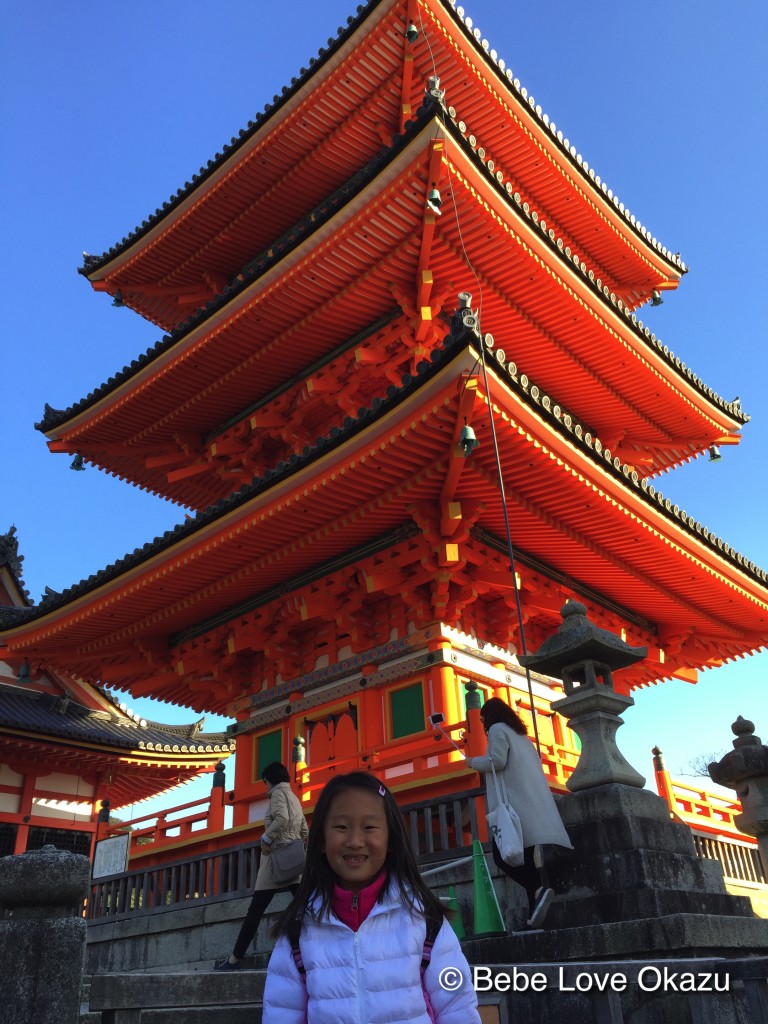
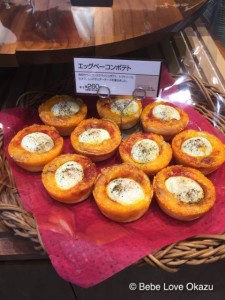

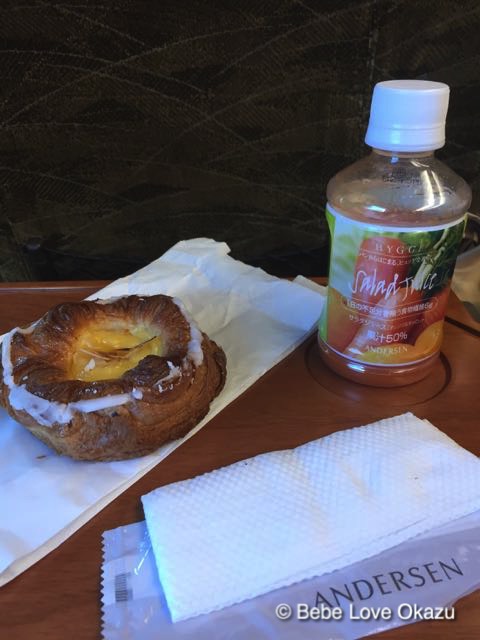
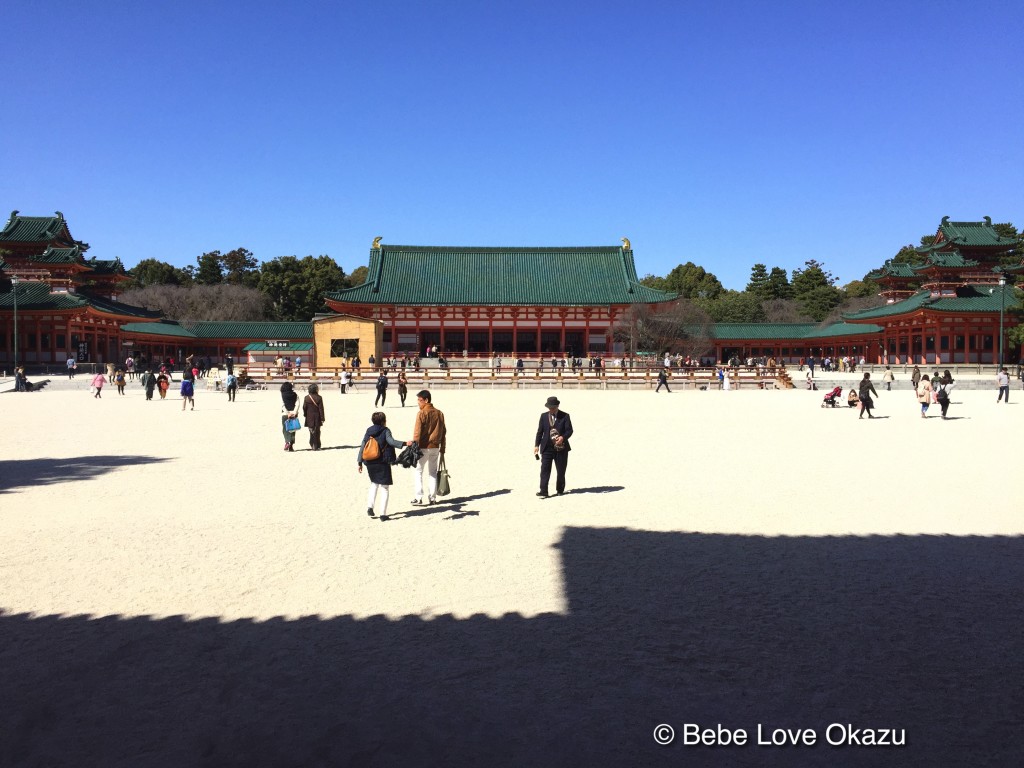
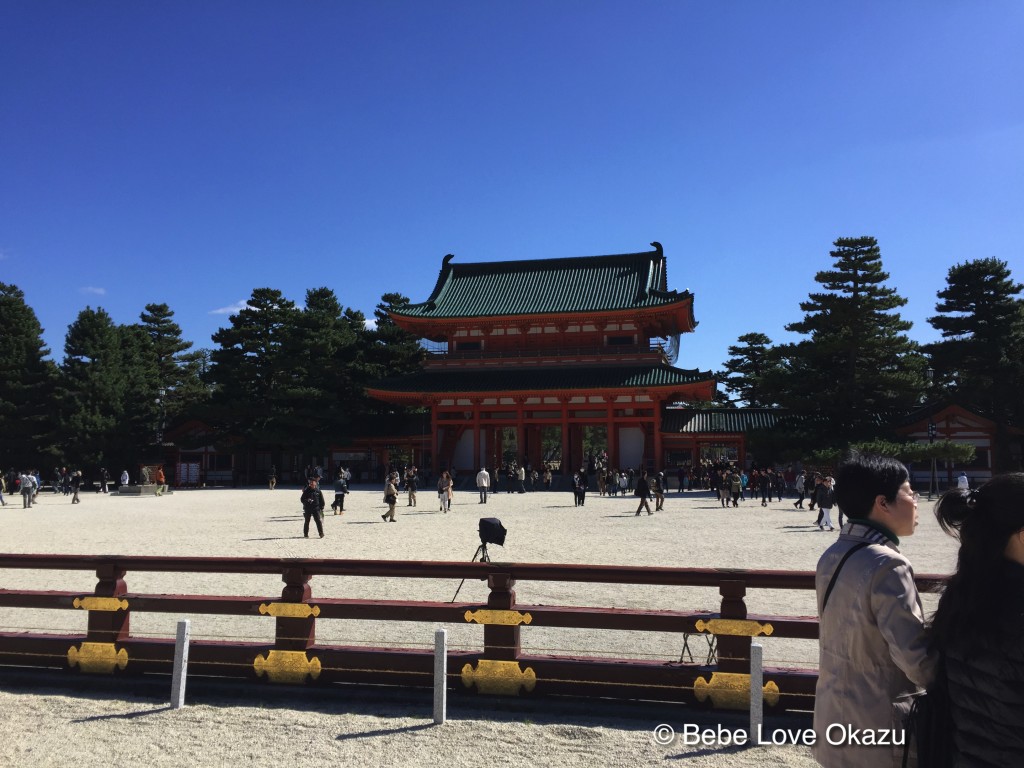
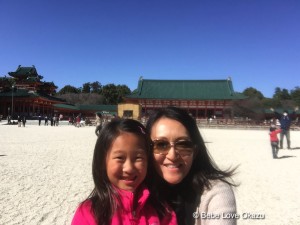



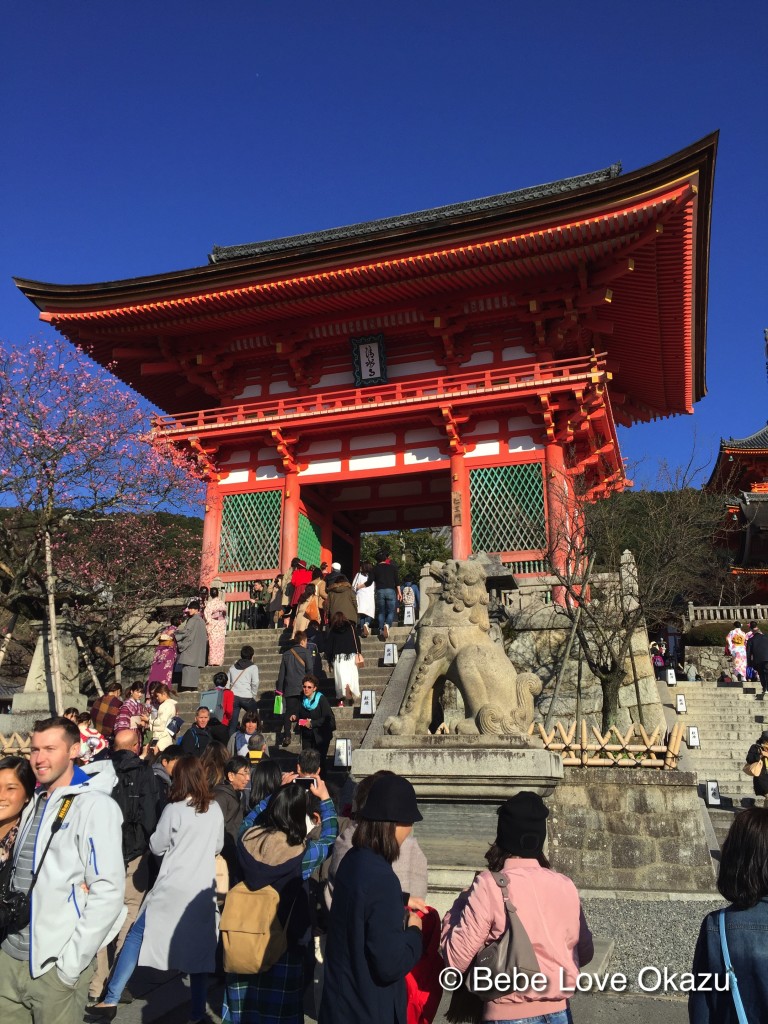

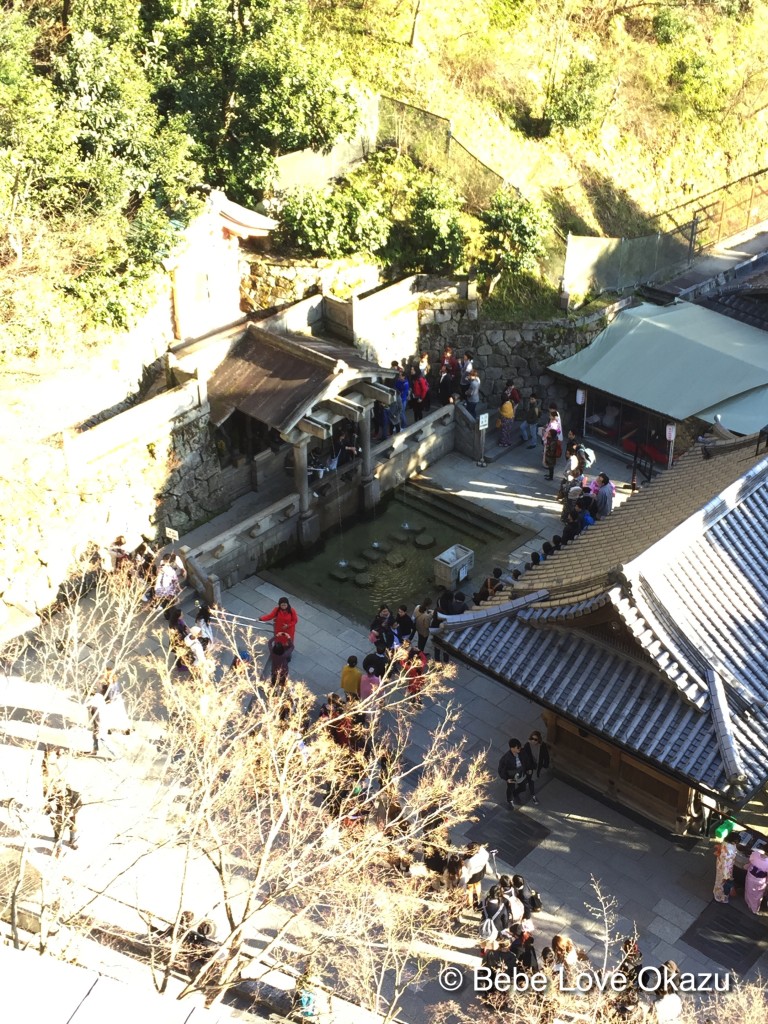
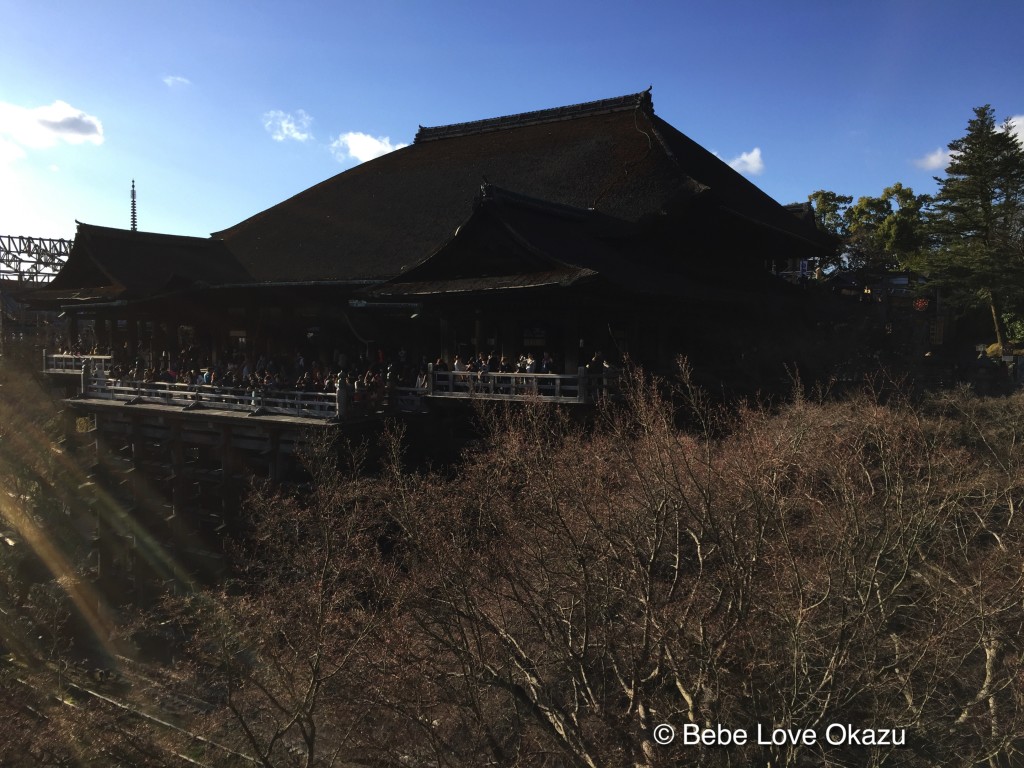
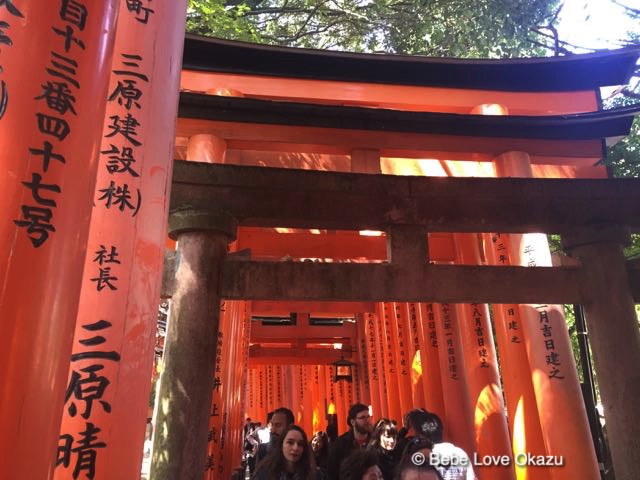
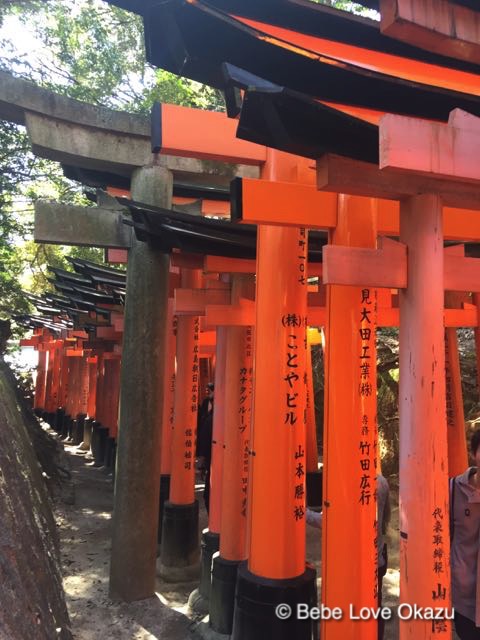
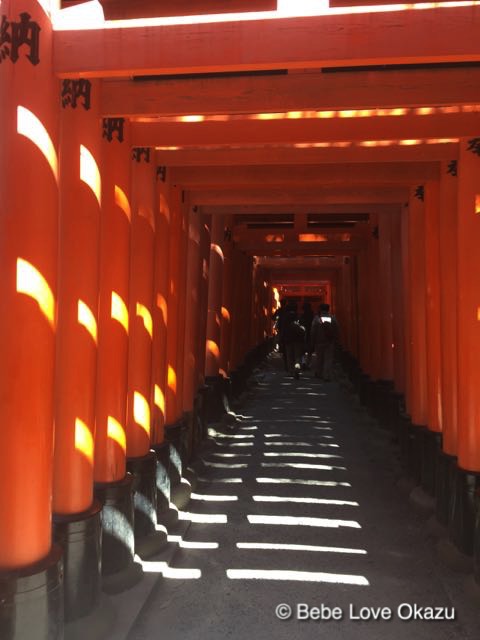
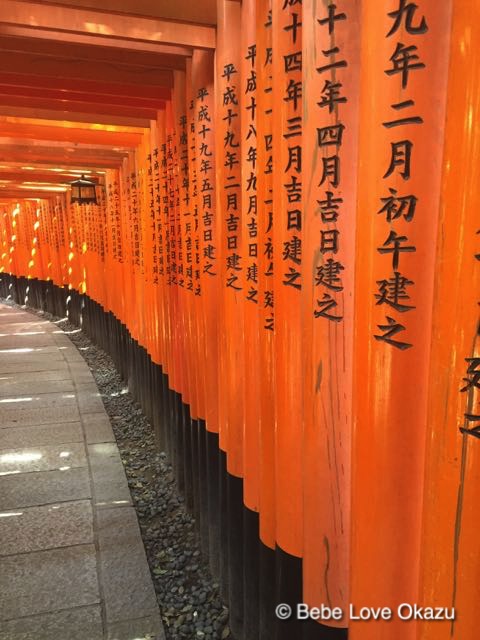

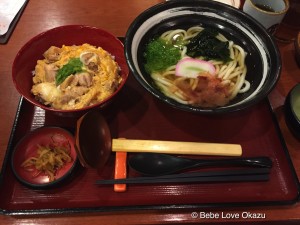
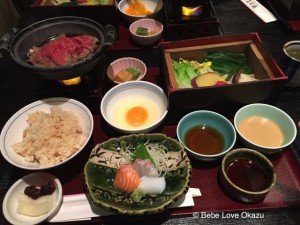
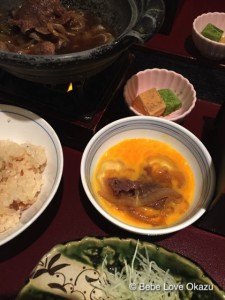
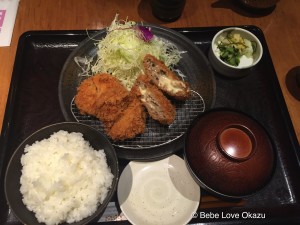
1 Comment